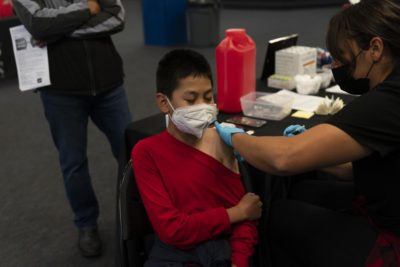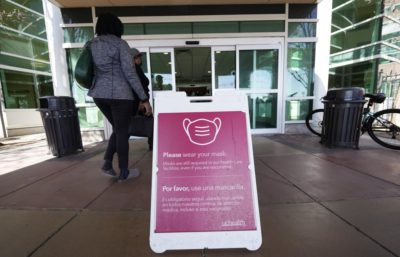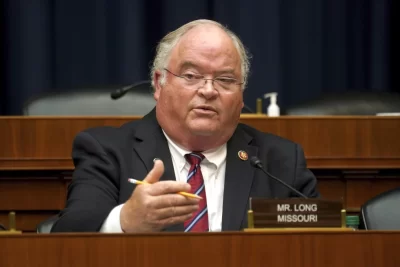
WASHINGTON — The U.S. needs a nimble, multipronged strategy and Cabinet-level leadership to counter its festering overdose epidemic, a bipartisan congressional commission advises.
With vastly powerful synthetic drugs like fentanyl driving record overdose deaths, the scourge of opioids awaits after the COVID-19 pandemic finally recedes, a shift that public health experts expect in the months ahead.
“This is one of our most pressing national security, law enforcement and public health challenges, and we must do more as a nation and a government to protect our most precious resource — American lives,” the Commission on Combating Synthetic Opioid Trafficking said in a 70-page report released Tuesday to Congress, President Joe Biden and the American people.
The report envisions a dynamic strategy. It would rely on law enforcement and diplomacy to shut down sources of chemicals used to make synthetic opioids. It would offer treatment and support for people who become addicted, creating pathways that can lead back to productive lives. And it would invest in research to better understand addiction’s grip on the human brain and to develop treatments for opioid use disorder.
The global coronavirus pandemic has overshadowed the American opioid epidemic for the last two years, but recent news that overdose deaths surpassed 100,000 in one year caught the public’s attention. Politically, federal legislation to address the opioid crisis won support across the partisan divide during both the Obama and Trump administrations.
Rep. David Trone, D-Md., a co-chair of the panel that produced the report, said he believes that support is still there, and that the issue appeals to Biden’s pragmatic side. “The president has been crystal clear,” Trone said. “These are two major issues in America: addiction and mental health.”
The U.S. government’s record is also clear. It has been waging a losing “war on drugs” for decades.
The stakes are much higher now with the widespread availability of fentanyl, a synthetic painkiller 80 to 100 times more powerful than morphine. It can be baked into illicit pills made to look like prescription painkillers or anti-anxiety medicines. The chemical raw materials are produced mainly in China. Criminal networks in Mexico control the production and shipment to the U.S.
Federal anti-drug strategy traditionally emphasized law enforcement and long prison sentences. But that came to be seen as tainted by racial bias and counter-productive because drug use is treatable. The value of treatment has recently has gained recognition with anti-addiction medicines in wide use alongside older strategies like support groups.







